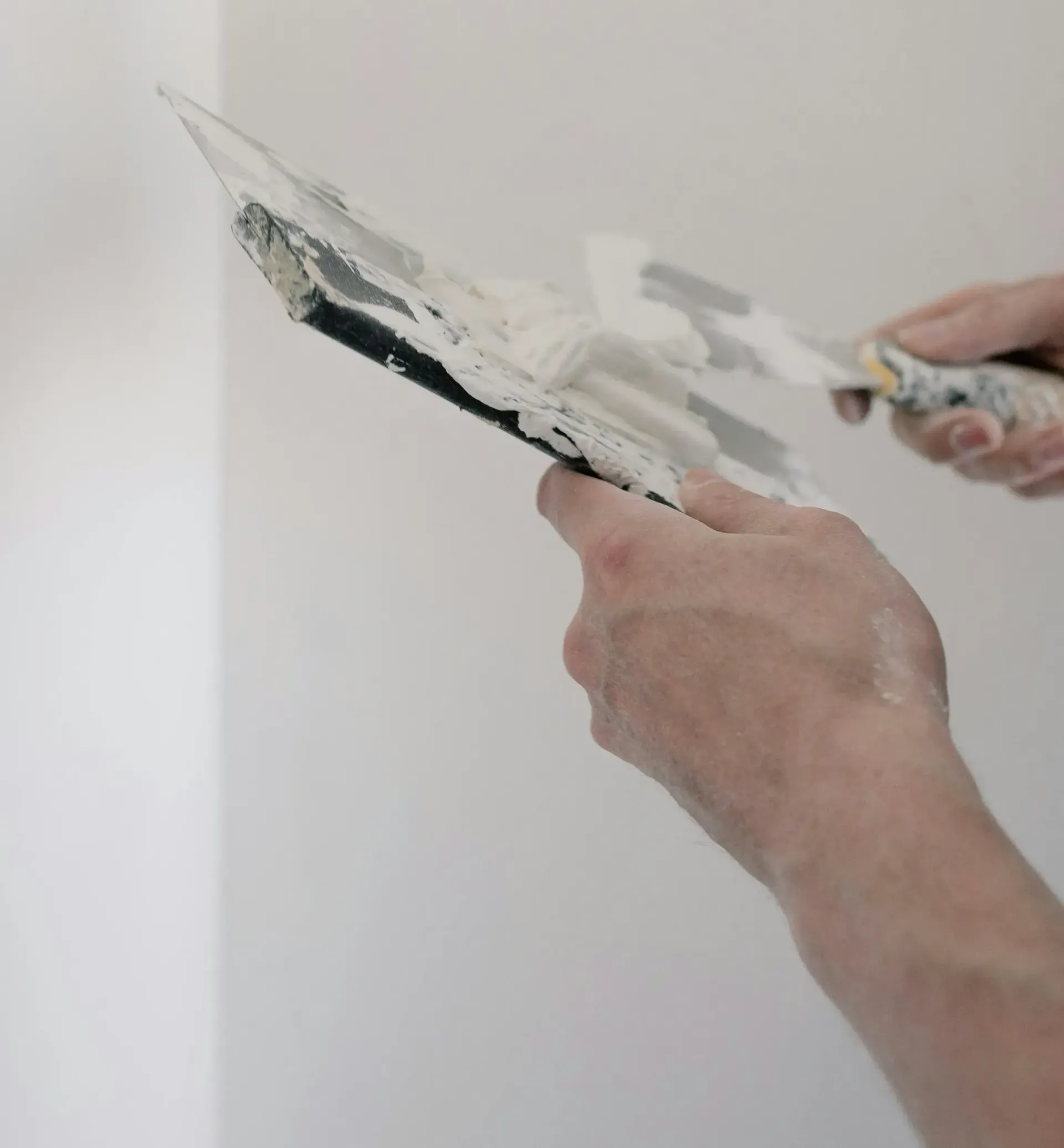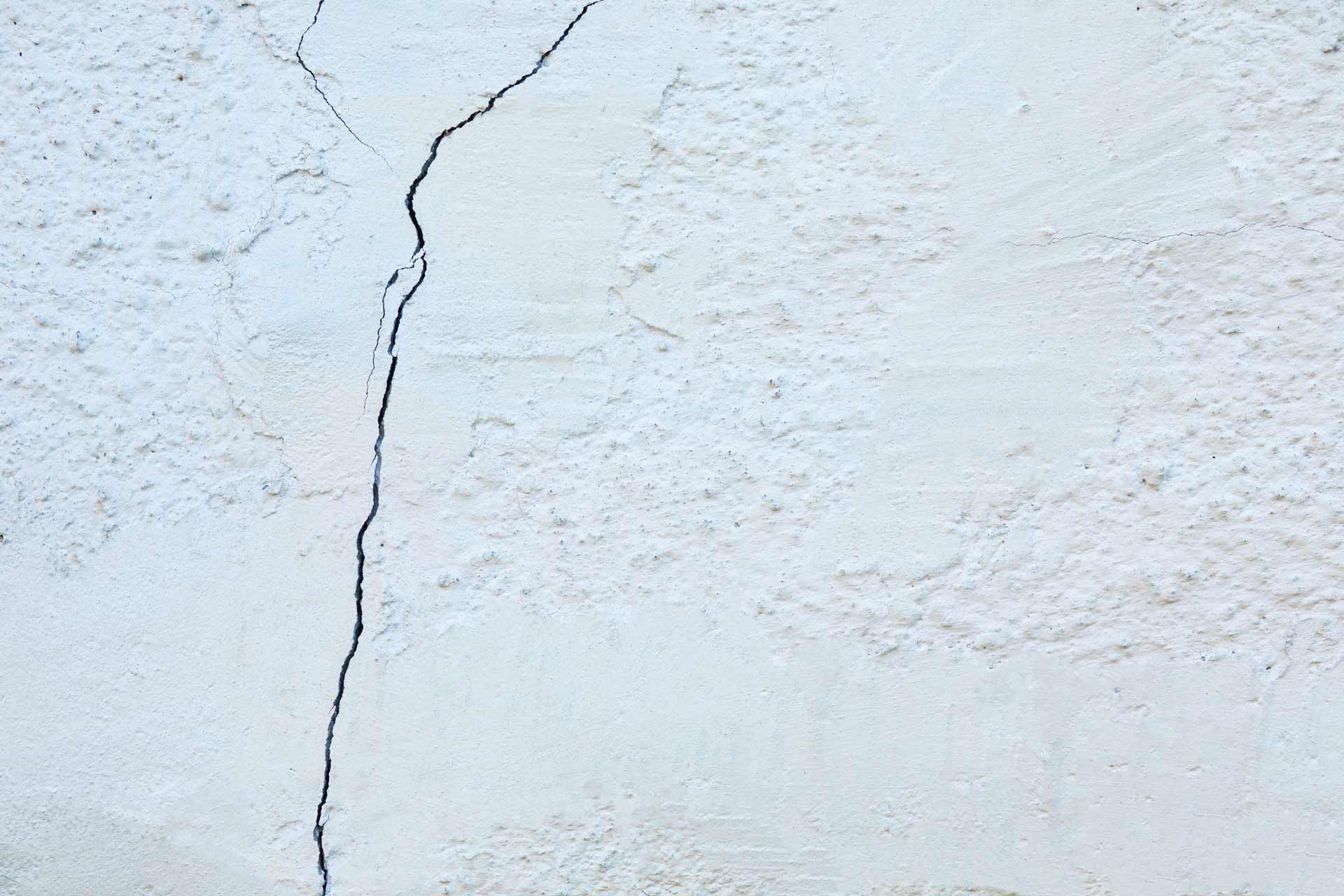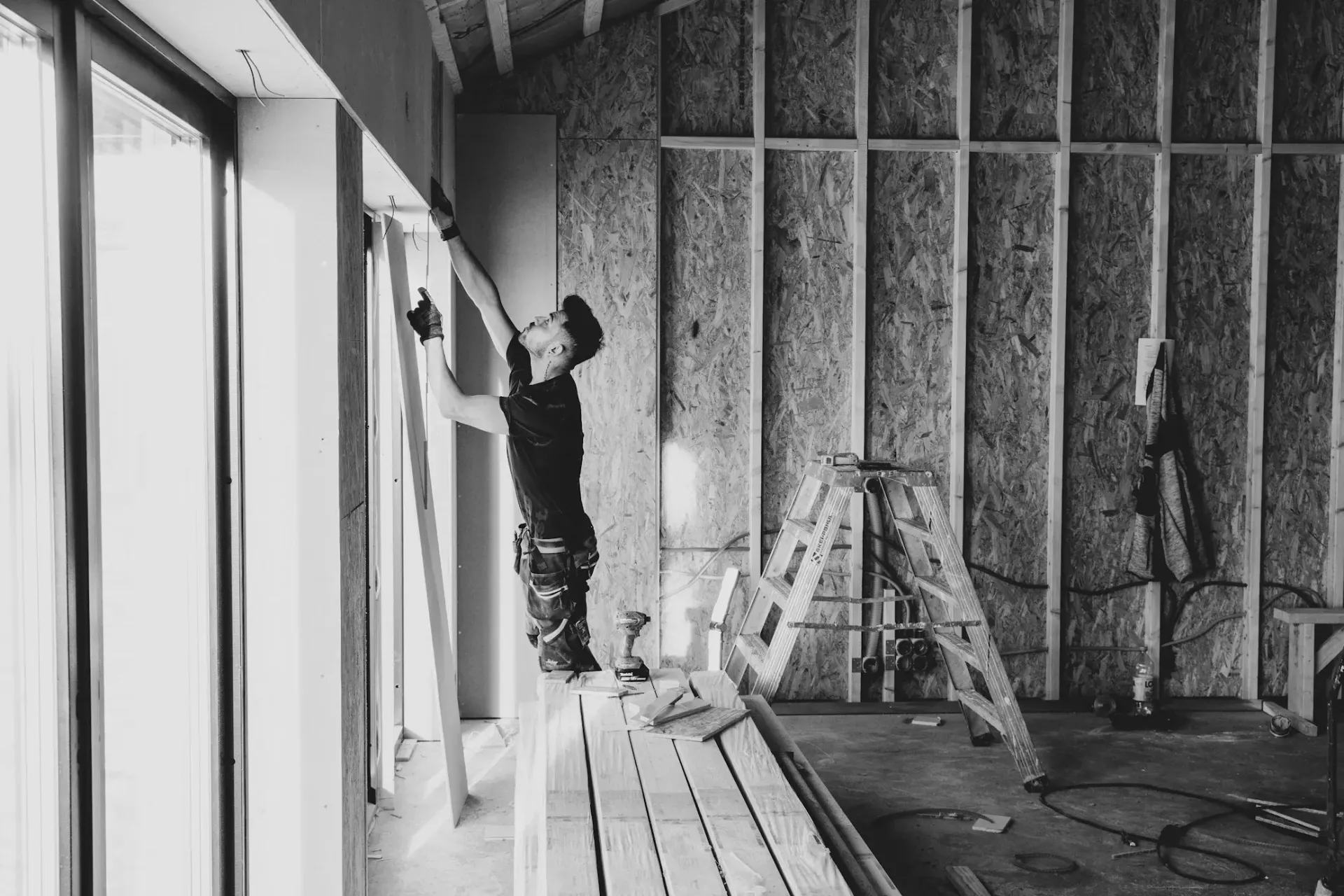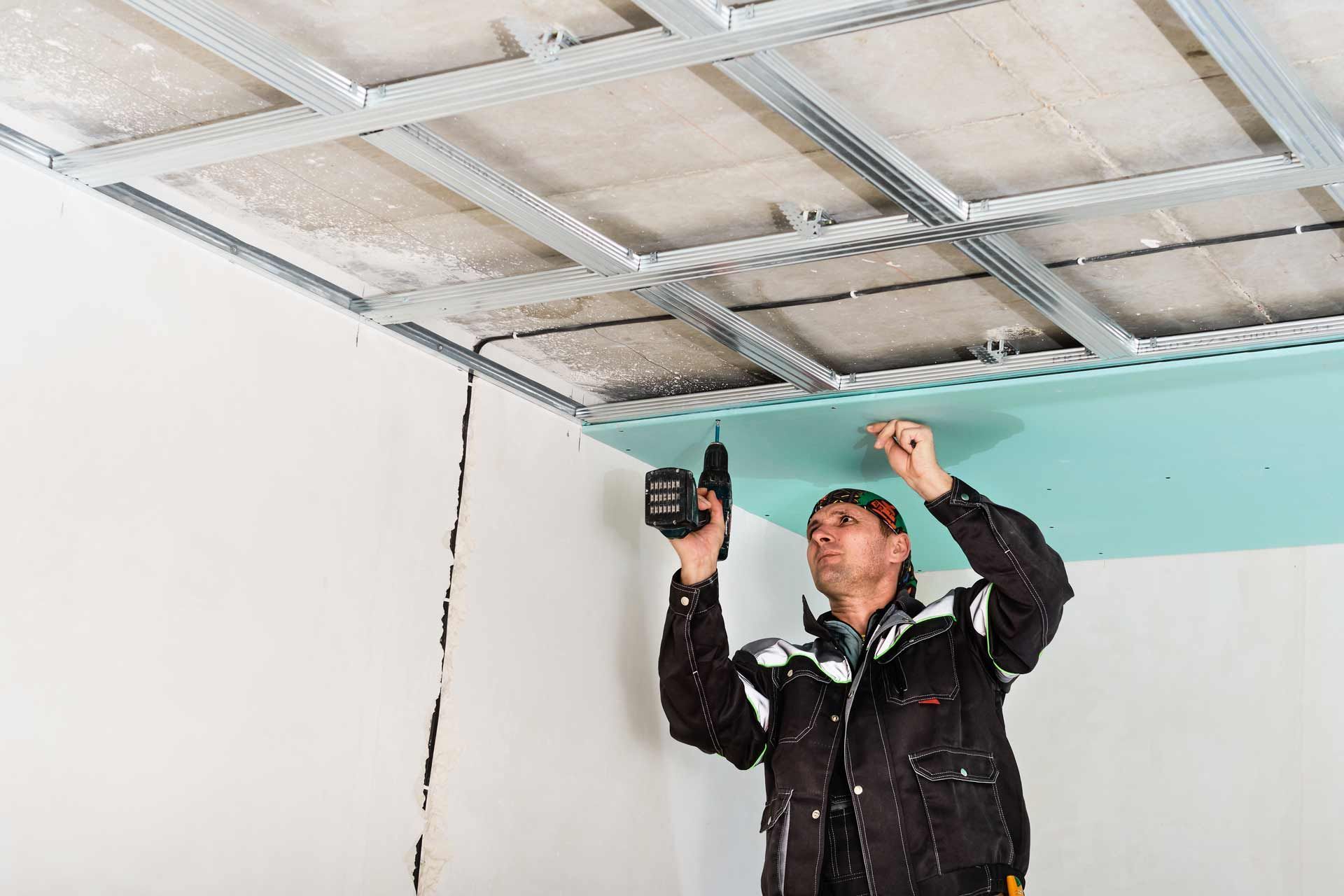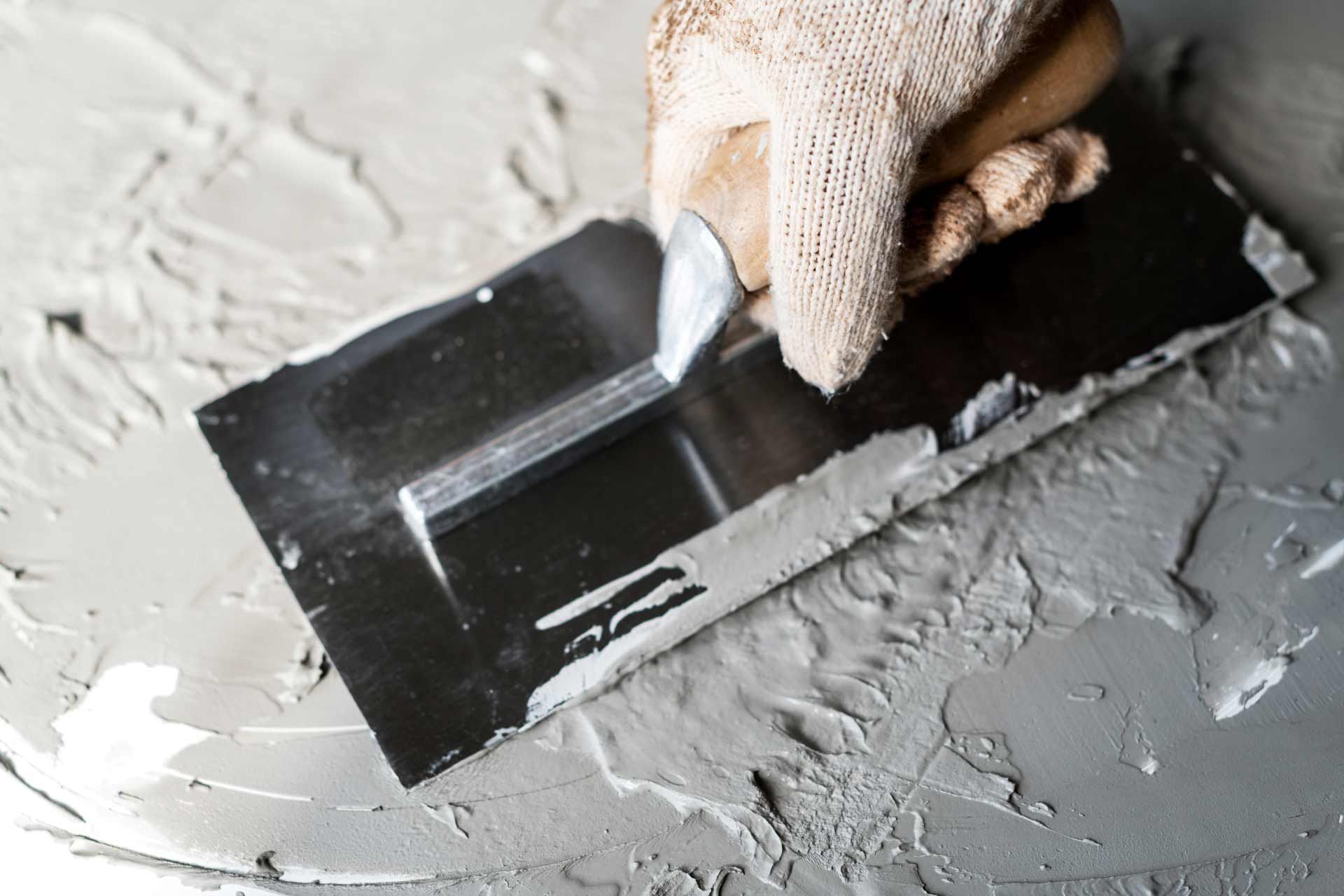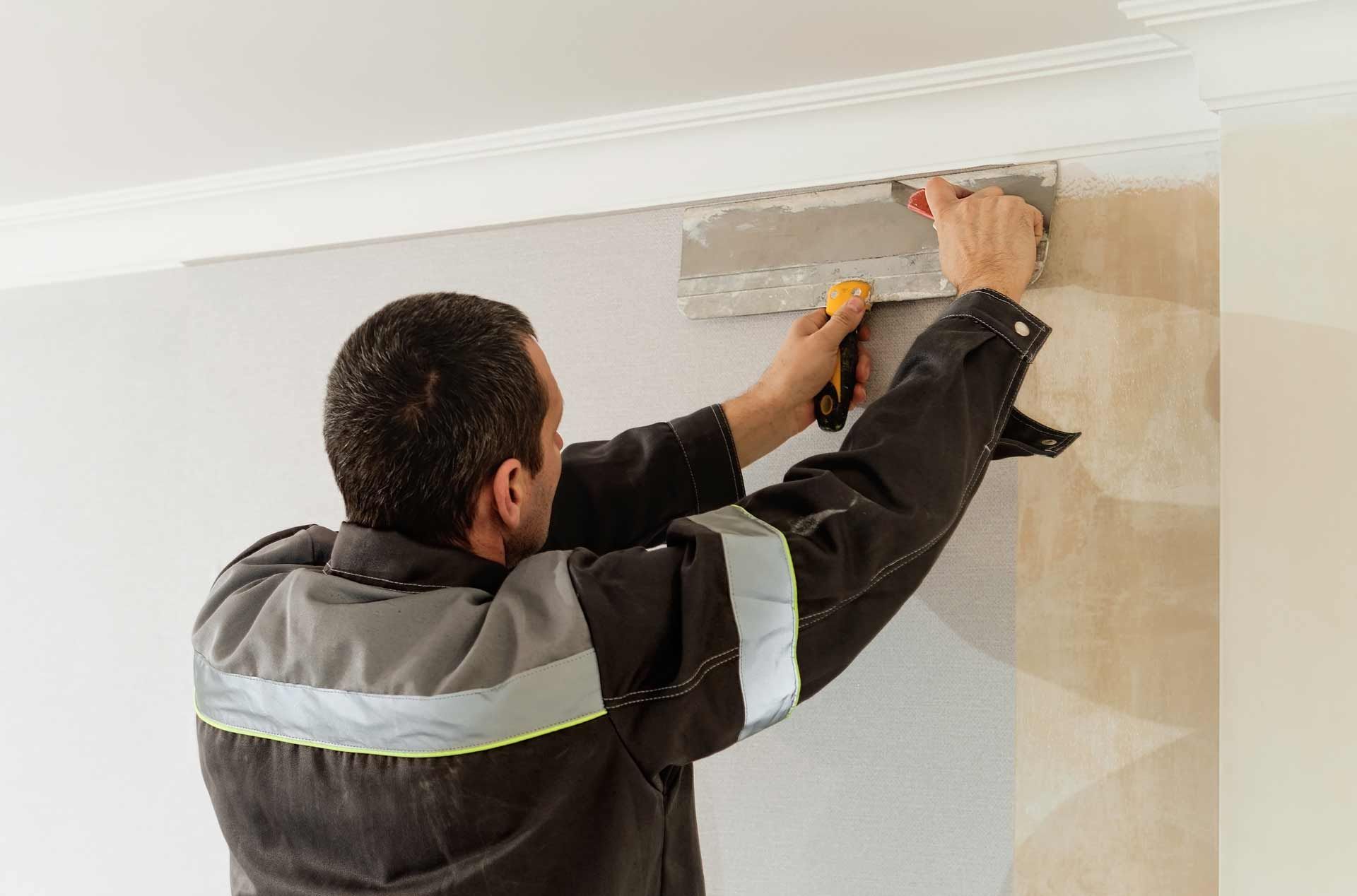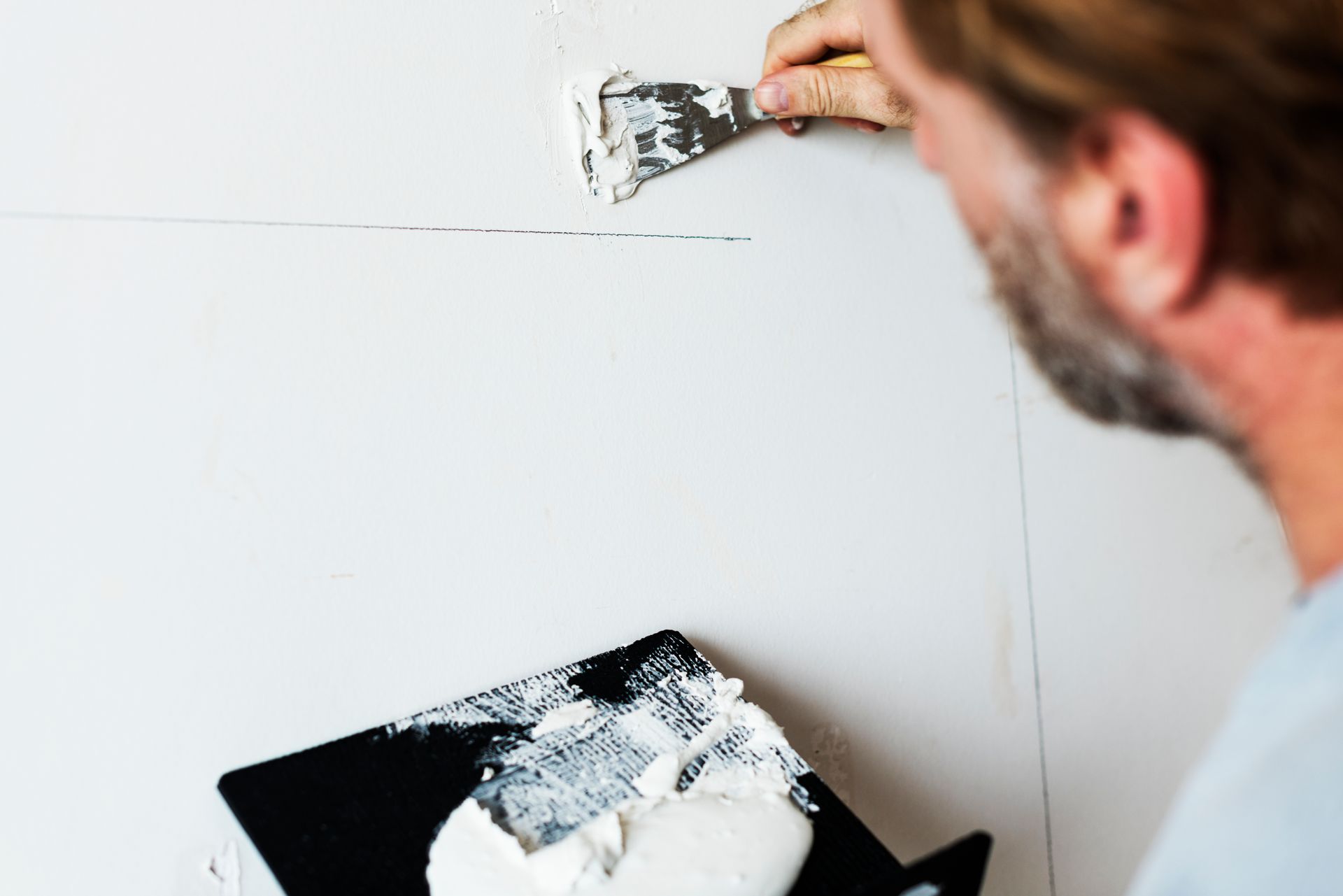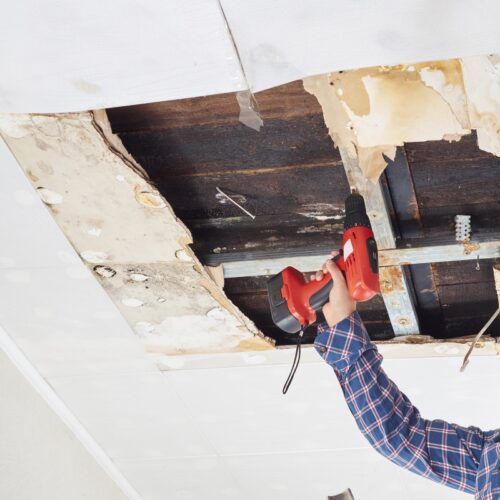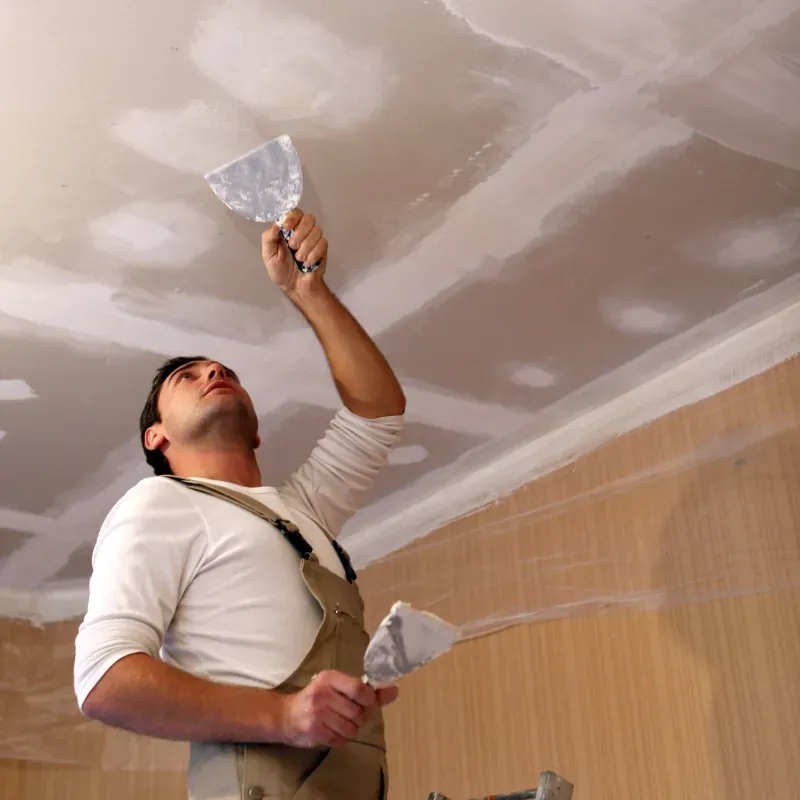
Ceiling Water Damage Repair: Signs It’s Getting Worse
Introduction: Why You Shouldn’t Ignore Ceiling Water Damage
Ceiling water damage can start small — a faint stain or hairline crack — and quickly escalate into structural problems, mold growth, or even ceiling collapse. Whether caused by a roof leak, plumbing failure, or an upstairs bathroom overflow, early detection and repair can save you thousands in restoration costs.
In this guide, you’ll learn how to spot the warning signs, understand the repair process, and decide when it’s time to hire a professional.
Common Causes of Ceiling Water Damage
- Roof Leaks – Damaged shingles, flashing, or ice dams can let water seep in.
- Plumbing Leaks – Burst pipes or loose connections in upstairs bathrooms or kitchens.
- HVAC Issues – Condensation or clogged drain lines from air conditioning systems.
- Appliance Overflows – Washing machines or dishwashers above finished ceilings.
Early Warning Signs Your Ceiling Water Damage is Getting Worse
- Darkening or Spreading Stains
- Indicates ongoing moisture intrusion
- Bubbling or Peeling Paint
- Caused by trapped moisture under the surface.
- Sagging or Bowing
- Suggests the ceiling material is saturated and heavy.
- Musty Odors
- A sign of possible mold growth behind the ceiling.
- Drips or Active Leaks
- Immediate attention required to avoid collapse.
Estimated Repair Costs
| Damage Severity | Typical Repair Cost | Timeframe |
|---|---|---|
| Small stain & repaint | $250 – $500 | 1 day |
| Partial panel replacement | $600 – $1,200 | 2–3 days |
| Full ceiling replacement | $1,500+ | 3–5 days |
Note: Costs increase if mold remediation, insulation replacement, or texture matching is required.
Step-by-Step Ceiling Water Damage Repair Process
1. Identify and Stop the Source
Whether it’s a roof leak or a pipe issue, fixing the cause prevents recurring damage.
2. Dry Out the Area
Fans and dehumidifiers run for 24–72 hours to eliminate moisture.
3. Remove Damaged Sections
Cut out compromised drywall and wet insulation.
4. Install New Drywall
Secure replacement panels, ensuring proper fit and support.
5. Finish, Texture, and Paint
Match existing textures and colors for a seamless repair.
When to Call a Professional
- Large areas affected
- Visible mold growth
- Sagging ceilings posing safety risks
- Ongoing leaks with unknown source
Prevention Tips
- Inspect roofs annually for damage.
- Maintain plumbing fixtures and appliance connections.
- Clean gutters regularly to prevent overflow.
- Insulate attic spaces to prevent ice dams.
FAQs
Q: How quickly should I repair ceiling water damage?
A: Immediately — delaying can lead to mold, structural issues, or collapse.
Q: Will my insurance cover the repairs?
A: Most policies cover sudden water damage, but not long-term neglect.
Q: Can you match existing ceiling texture?
A: Yes, skilled contractors can blend repairs seamlessly with the original finish.
Conclusion & Call to Action
Ceiling water damage is a red flag that your home’s structure is at risk. Acting quickly not only saves money but also protects your family’s safety and comfort.
📞
Contact us today or
Request a Free Estimate for professional ceiling water damage repair that’s done right the first time.

